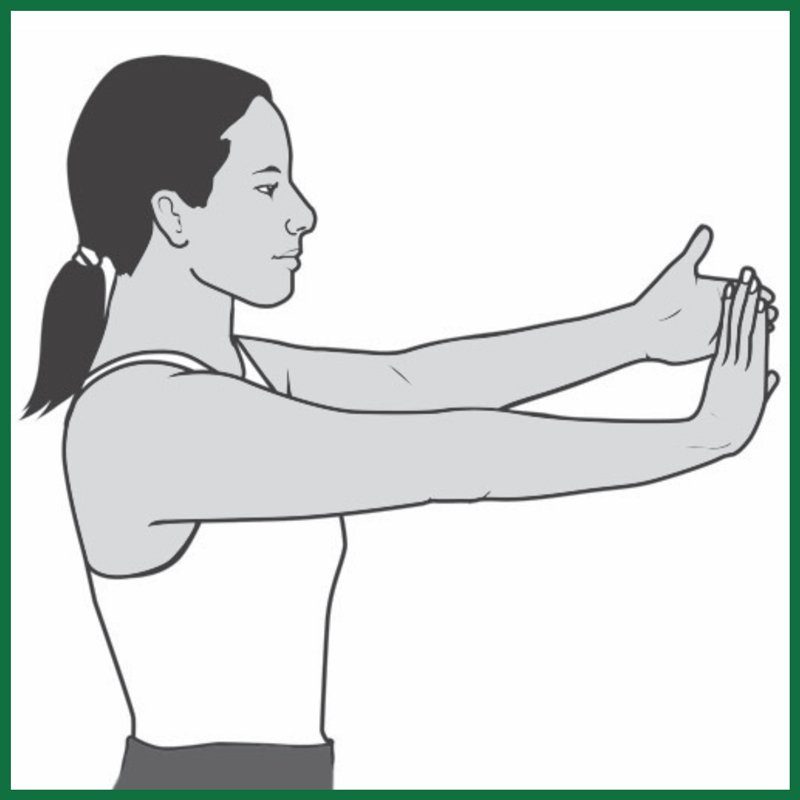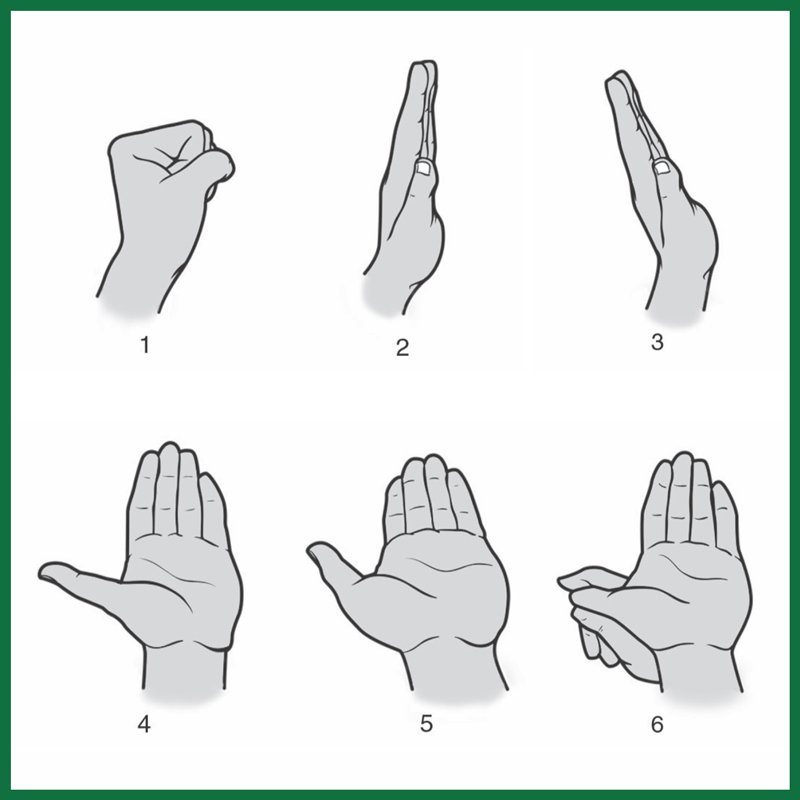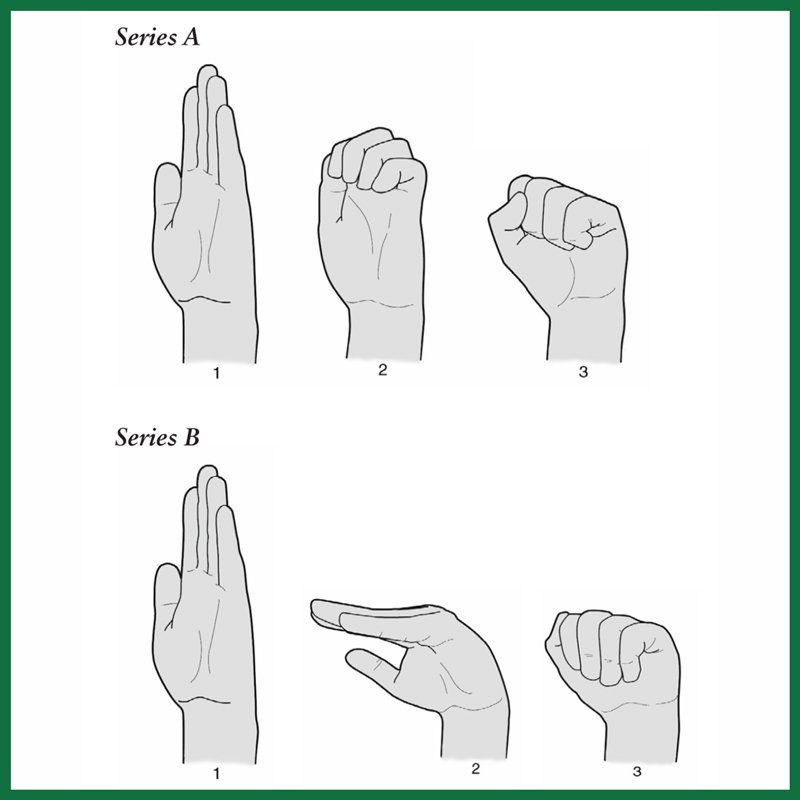
Understanding carpal tunnel syndrome
Wrists are taking a beating as many employees continue to work remotely during the COVID-19 pandemic. For many people without home offices, ergonomic cubicles have been replaced with cramped kitchen nooks, beds and sofas.
When people spend a lot of time on their computers but don’t have their elbows at the recommended 90-degree angle and wrists in the neutral position, it can be a recipe for carpal tunnel syndrome. The uncomfortable condition that causes tingling, numbness or weakness in the hand affects an estimated 15 percent of Canadians.
Raphaella Brun, an architectural designer working in Nassau County, New York, says her makeshift home office has worsened her carpal tunnel symptoms.
“In the beginning [of lockdown], I was at the kitchen table, but I started getting symptoms again in just a few weeks,” says Brun. She says she first experienced them when she was pregnant in 2018, often awakening with tingles and numbness after side-sleeping with her pregnancy pillow. It only got worse when her daughter was born and she returned to work.
Brun saw a specialist, who gave her steroid shots to ease her symptoms. But it was a Band-Aid fix. A 2019 surgery on both hands finally brought lasting relief—until that kitchen table office.
“I set myself up in our basement,” says Brun. “I got keyboard training. I stopped working with just my laptop screen. I bought myself a monitor. I fixed myself. I made sure that I was on a proper chair. And then, God knows, it helped with my work, because I had to become more efficient.”

Types of jobs that can cause carpal tunnel syndrome
Carpal tunnel symptoms can start suddenly when the nerves that run like a conduit inside of the wrist’s carpal bones become compressed and essentially short circuit nerve communication, causing numbness, tingles and hand pain.
People who perform tasks that require repetitive hand motion are most at risk of carpal tunnel. “There is a component of overactivity,” says Tyler Pidgeon, MD, a hand and upper extremity surgeon at the Duke University-affiliated Duke Orthopaedics in Raleigh. He says not even COVID-19 fears have slowed a steady stream of carpal tunnel patients.
“So, not just with the computer, but say a construction worker who uses vibrating tools a lot. A butcher who’s constantly using their hand to manipulate cold meat, and cutting, and moving, they can get it,” he says. “A surgeon, a concert pianist, anybody who’s dependent on their hands, and maybe is at risk for overuse, can certainly get it.”
Sometimes there are severe symptoms, like a total loss of sensation in the fingertips. Those patients urgently need surgery to preserve their remaining nerves, says Dr. Pidgeon. But, commonly, there are milder symptoms, like Brun’s early-stage tingles and numbness. (These are the anti-inflammatory foods to eat to reduce pain.)

What are the best carpal tunnel exercises?
To reduce nerve pressure inside the wrist, Dr. Pidgeon suggests trying three carpal tunnel exercises, which are also recommended by the American Academy of Orthopaedic Surgeons (AAOS).
These can be done safely at home, he says, and you should try them for three to four weeks. However, consult with your doctor and stop if the exercises becomes painful.
In case of difficulty or significant stiffness, he recommends getting a physical therapist involved. There’s no equipment necessary for these easy carpal tunnel exercises. (Try these pain management tips for everyday aches and pains.)

Wrist extension flex
“Wrist extension stretches will maximally stretch the nerve, encouraging it to glide smoothly through the carpal tunnel,” explains Dr. Pidgeon. Begin the move by straightening your arm. Use your opposite hand to gently pull back on your hand so that you are holding your palm out straight in front of you in a “stop” position with your palm facing away from you. Do this until you feel gentle pressure under your forearm.
Hold the pose for 15 seconds. Repeat for five sets, and then switch to the other side. You can repeat this exercise four times per day and between five to seven times a week.
These are the 13 pain management tips physiotherapists want you to know.

Median nerve glides
If you only have time for one stretch, Dr. Pidgeon says this is the most effective type of carpal tunnel exercises. It’s called a nerve glide for a reason.
“People with carpal tunnel syndrome have increased pressure in their carpal tunnel at the wrist, which compresses or ‘pinches’ the median nerve as it crosses the wrist. This results in reduced gliding of the median nerve,” he says.
Make a fist, making sure to keep a thumb over the closed fingers, with your thumb facing you. Next, open your palm, sliding your thumb tightly against your index finger. Keeping fingers straight, gently bend the wrist back. Next, extend your thumb. Flip the palm while maintaining the position. Take your opposite hand and gently stretch your thumb.
You can do the move 10 to 15 times per day and between six to seven times a week. “Doing this sequentially, several times in a row will gently pull the nerve through the carpal tunnel over and over to ‘teach’ it to smoothly glide during wrist motion,” Dr. Pidgeon explains.
Speaking of strain, these are the everyday habits that can save your eyesight.

Tendon glides
“Tendon glides are designed to take the flexor and extensor tendons, the tendons that cause your fingers to flex into a fist and tendons that cause your fingers to extend out straight, respectively, through the full excursion,” says Dr. Pidgeon.
“These are used for people with stiff hands, most commonly, after injury. They apply to carpal tunnel because some studies suggest that tendon glides help as much as nerve glides to improve carpal tunnel symptoms.”
Apply heat to your hand for 15 minutes before beginning this exercise and after, apply a bag of ice or frozen peas to your hand for 20 minutes to tamp down inflammation, recommends the AAOS. There are two series to this exercise. Each movement requires a three-second hold.
First, begin by holding your hand vertically, fingers straightened. Next, bend your fingers into a hooked position, knuckles facing upward. Fold fingers down more into a fist with thumb on top of the fingers.
In the second series, begin as the first, holding your hand vertically, fingers straightened. Next, make a tabletop position with the fingers, by bending at the bottom knuckle and keeping the fingers straight. Then, bend all fingers at the middle joint, touching your fingers to your palm. You can repeat each series with five to 10 reps, two to three times a day, as many times per week as tolerable.
Did you know that having cold hands year-round might be a sign of this serious medical condition?

How to maintain healthy hands
In addition to completing these carpal tunnel exercises, Dr. Pidgeon cautions people to consistently be mindful of the risk of overworking their hands.
“During your day, make sure that your wrist is straight, so you’re not bending that nerve all the time,” he says. “Give yourself frequent breaks, working for 20-25 minutes and taking a break.” He also recommends purchasing a wrist splint at a local pharmacy. “It keeps the wrist straight, keeps your nerve from being at an angle the whole night, and it could be very helpful,” says Dr. Pidgeon.
And sometimes time can be the best healer of all. “Certainly a mild case can get better without surgery,” he adds. “It can get better with just conservative treatment.”
Sources:
Next, learn all about the 10 types of arthritis you could have—and how to tell the difference.